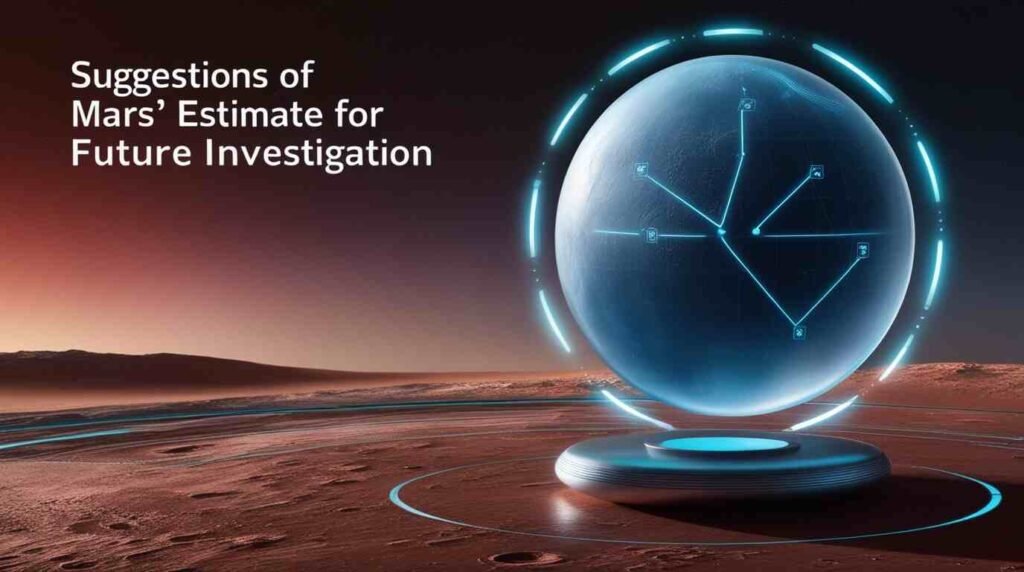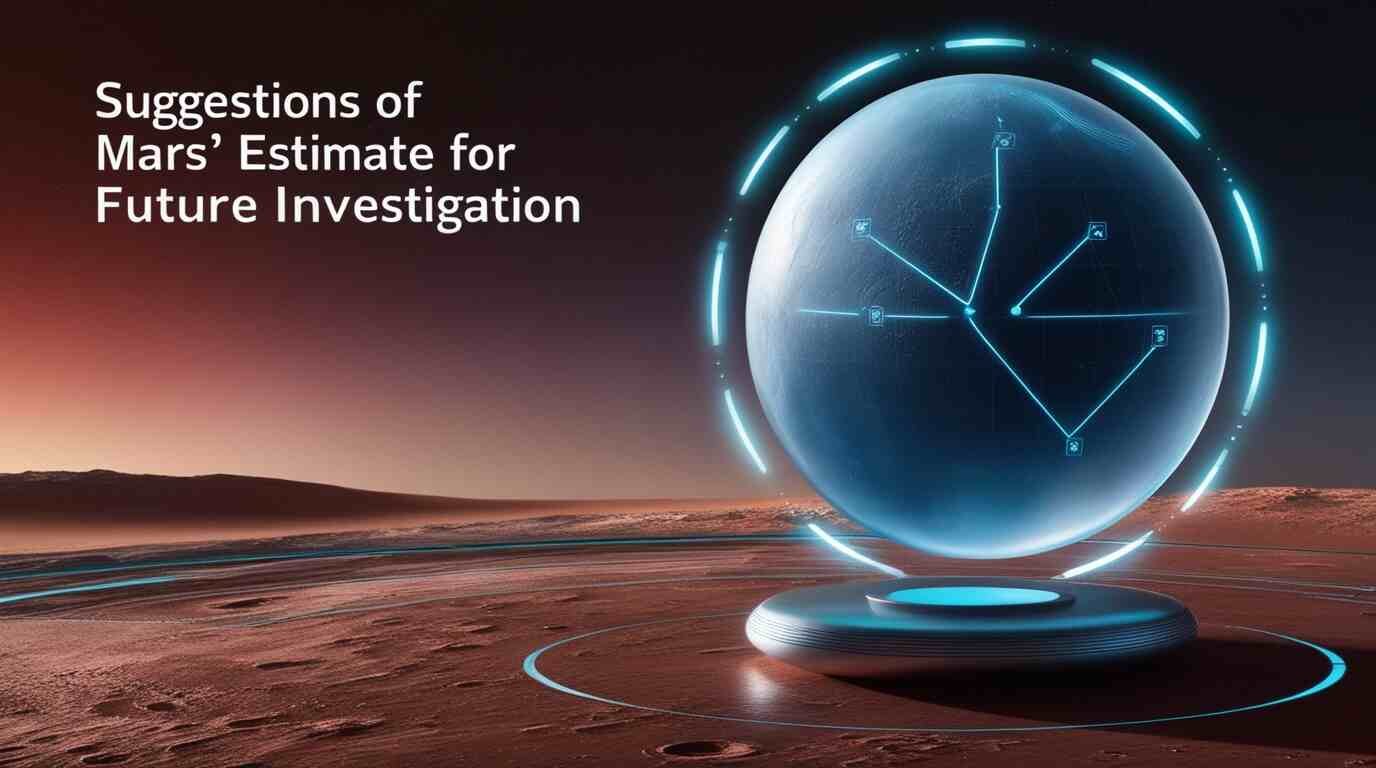Hello people!How Numerous Earths Can Fit Interior Defaces? When we look up at the night sky, Defaces stands out as a shining, reddish point of light. This neighboring planet has captured human interest for centuries, and nowadays, our logical information approximately Defaces is more noteworthy than ever some time recently.One common address that develops is:
“How various Earths may fit inside Mars?” In show disdain toward the reality that Harms is routinely called the “Red Planet” and thought of as to a few degree comparable to Soil, the two planets are strikingly unmistakable in terms of gauge and characteristics.
Let’s dive in!
Table of Contents
Earth's Size and Volume

Using the spherical volume formula, we can calculate the volume of Earth.
VEarth=43π(6,371)3V_{\text{Earth}} = \frac{4}{3} \pi (6,371)^3VEarth=34π(6,371)3
After performing the calculation, Earth’s volume comes out to roughly 1 trillion cubic kilometers, or to be more precise, about 1.08321 x 10^12 km³.
Mars’ Estimate and Volume
Damage may be a littler planet compared to Soil. Its tropical span is around 3,390 kilometers (2,106 miles). Using the same equation for volume, able to calculate the volume of Damages.
VMars=43π(3,390)3V_{text{Mars}} = frac{4}{3} pi (3,390)^3VMars=34π(3,390)3
After calculating, the volume of Defaces is around 1.6318 x 10^11 km³. This implies Mars’ volume is much smaller than Earth’s.
Comparing the Volumes
Presently that we have the volumes of both planets, the following step is to compare them. To decide how numerous Earths may fit interior Defaces, we basically isolate the volume of Soil by the volume of Defaces:
Number of Earths=VEarthVMars\text{Number of Earths} = \frac{V_{\text{Earth}}}{V_{\text{Mars}}}Number of Earths=VMarsVEarth
When we divide 1.08321 x 10^12 km³ by 1.6318 x 10^11 km³, we get approximately 6.63. This means that Mars’ volume is about 6.63 times smaller than Earth’s. In other words, you could fit about 6.63 Mars-sized planets inside the volume of Earth.
In any case, this isn’t the address we began with. The address inquires how numerous Earths seem fit interior Damages. Based simply on the numbers, the reply would be less than one:
Defaces are as well as little to fit a complete Soil interior it indeed once. The concept of fitting Soil into Mars is curious, but as you can see, Defaces is the smallest planet by a noteworthy edge.
Why the Disparity Between Estimate and Surface Region?
To begin with, Defaces may show up comparative to Soil, particularly when considering its surface highlights like mountains, valleys, and polar ice caps. Defaces has been depicted as Earth’s “sister planet” due to its earthbound (rough) surface and the potential for past water streams. In any case, the contrast in volume highlights the impediments of this comparison.
Mars’ surface zone is littler than Earth’s, and this moreover compares to the thought that its general estimate is less. Let’s calculate and compare their surface regions to get it more.
Surface Zone of Soil
The surface region of a circle can be calculated utilizing the equation:
A=4πr2A = 4 pi r^2A=4πr2
For Soil, the surface region calculation looks like this:
AEarth=4π(6,371)2A_{text{Earth}} = 4 pi (6,371)^2AEarth=4π(6,371)2
The surface region of Soil comes out to around 510 million square kilometers (510.1 million km²).
Surface Region of Damages
For Damages, the surface range can be calculated additionally:
AMars=4π(3,390)2A_{text{Mars}} = 4 pi (3,390)^2AMars=4π(3,390)2
The surface range of Defaces is roughly 144 million square kilometers (144.8 million km²).
In this way, Defaces incorporates a surface zone that’s approximately 28% of Earth’s surface range. Whereas Defaces and Soil may have to some degree comparable highlights, such as mountains and valleys, the general range accessible on Defaces is much smaller. In spite of this, Damage still has sufficient surface range to create a captivating area for potential future colonization.
Damages Compared to Other Firmament Bodies
Whereas Defaces is much smaller than Soil, it is bigger than numerous other objects in our sun based framework. For illustration, the planet Mercury is indeed littler than Defaces, with a volume of as it were 6.083 x 10^10 km³. Meaning Defaces is almost 2.68 times bigger in volume than Mercury.
Damage moreover diminutive people numerous moons within the sun oriented framework, counting Earth’s moon. Earth’s moon encompasses a volume of 2.195 x 10^10 km³, which makes Damages more than 7 times bigger than the Moon in terms of volume. This comparison gives a few setting:
Although Mars is littler than Soil, it is still a considerable protest within the sun based framework.
Gravity and Thickness Contrasts
One of the other critical contrasts between Damages and Soil lies in their thickness and gravitational drag. The normal thickness of Soil is almost 5.52 grams per cubic centimeter, while the normal thickness of Damages is as it were 3.93 grams per cubic centimeter. This distinction in thickness contributes to Defaces having much less mass than Soil, in spite of its comparative composition of rocks and metals.
Defaces have as it were approximately 11% of Earth’s mass. This implies that gravity on Defaces is much weaker than on Soil.
Mars’ Environment and Natural Conditions
The latter measure and mass of Damages to have critical suggestions for its environment and natural conditions. Defaces encompasses a lean climate composed for the most part of carbon dioxide, with follows of nitrogen and argon. This lean climate gives exceptionally small security from the cruel sun based radiation that assaults the planet, not at all like Earth’s thick environment, which makes a difference to shield us from destructive beams.
Moreover, since Defaces is littler and less gigantic, it has been less able to hold its climate over billions of years. Soil, being bigger and more gigantic, incorporates a more grounded gravitational drag that makes a difference hold onto its air, making conditions that are reasonable for life.
On Damages, the lean environment and need of a solid attractive field cruel that the planet is much colder and drier. Normal surface temperatures on Damages drift around short 80 degrees Fahrenheit (short 60 degrees Celsius), with sensational varieties depending on the area and time of year.
The Suggestions of Mars' Estimate for Future Investigation

As humans intrigued in Defaces develop, with potential missions to arrive people on the planet inside the next few decades, the littler measure of Damages has curiously suggestions. For one, since Damage has less surface range than Soil, it’ll be less demanding to investigate and ponder in its aggregate.
In expansion, Mars’ lower gravity means that it’ll require less vitality for rockets to take off the Martian surface compared to Soil. This might make propelling return missions or indeed setting up a feasible nearness on the planet to some degree simpler.
Conclusion
So, None! Defaces is much more compact than Soil, with as it were approximately 15% of Earth’s volume and 28% of its surface zone. Whereas Defaces has a few similarities with Soil in terms of its rough surface and potential for past water streams, its estimate is as if it were a division of Earth’s.
Understanding these contrasts makes a difference from Mars’ put in our sun oriented framework into point of view. It is littler, less gigantic, and has weaker gravity, but Damages remains a compelling target for investigation and logical ponder. Its littler measure does not reduce its significance; or maybe, it makes Damages an achievable and energizing wilderness for humanity’s journey to get it out within the universe and maybe indeed build up a toehold on another planet. How many Earths can fit interior Defaces?
FAQs
1.How many would fit in venus?
Around 1.2 Earths seem fit inside Venus by volume. Venus is about the same estimate as Soil, with a breadth of 12,104 km, making it marginally smaller than our domestic planet.
2.How many earths can fit the moon?
Around 50 Earths might fit inside the Moon by volume on the off chance that scaled down. Be that as it may, the Moon is much smaller, with as it were almost 1/50th the volume and 1/6th Earth’s gravity.
3.How numerous Earths seem fit in saturn?
Around 764 Earths might fit inside Saturn by volume. Saturn, the second-largest planet inside the sun-based system, contains a separate cover of nearly 120,500 km, making it over nine times more broad than Soil.
4.What is Earth’s measure compared to Damages?
Soil is nearly twice the appraise of Harms in breadth and over six times greater by volume. Earth’s breadth is 12,742 km, while Destroys measures 6,779 km, making Soil basically greater and more colossal than the Reddish Planet.





